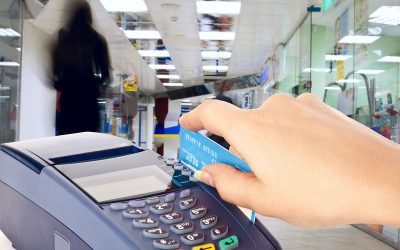In the world of finance one hears a great deal about SWIFT messaging services but what are they really. To fully understand this system it may help to step back to the beginning. SWIFT was founded in the early 1970s and was originally supported by only a handful of banks in a handful of countries. The objective was to develop common standards that could be applied to banking transactions and to develop a method of communicating the details.
SWIFT has since became the gold standard for financial messaging and now have thousands of banks on board in most of the countries in the world. Just to give a small example of how big and important the banking industry is to global commerce; on average over 15 million SWIFT messages are exchanged daily.
SWIFT itself does not get involved in the actual settlement of financial orders; these must be handled between the initial corresponding banks. Let’s look at a typical example of how SWIFT works, let’s analysis the purpose of SWIFT MT 799, MT999 and MT 760, all of which work in unison to complete the transaction, with one minor variance.
Major transactions in commodities especially can easily top many millions of dollars and of course the seller wants to know he will be paid by the buyer. Part of the negotiations usually involves the demand by the seller for a statement of proof of funds available from the buyer. To do this, the seller will approach a participating bank and request a SWIFT MT799. Upon the presentation of certain contract details, the bank can request information from the bank of the potential buyer, in other words; is there money in the account which can later be frozen to allow for eventual payment.
When the message used is SWIFT MT799, there are test keys automatically imbedded in the message, these are known as BKE authenticators. In some cases a MT799 can open the bank to liability so often the bank will demand considerable collateral in advance. As the objective is to get confirmation of proof of funds, it is possible to instruct the bank to use a SWIFT MT999 which is identical to the MT799 without the test code. As this means the message is unauthenticated, it has no value whatsoever unless it is subsequently confirmed with a separate test code.








